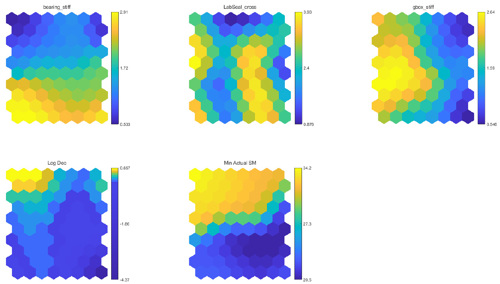-
Client
Confidential
Our cutting-edge methods gave our client confidence in their compressor upgrade design and helped them manage risks of rotordynamic instability.
Our client understands that rotordynamic instability poses a serious risk when upgrading a compressor train on an oil platform, with many historic cases leading to accidents or significant machine downtime.
Could we provide an independent peer review of the rotordynamic behaviour of the proposed upgrade design, to help them manage any risks to their program?
Gather
We built dynamic models of the shaft-bearing system using our in-house rotordynamics tools, producing models of both the existing shaft and of the proposed upgrade. We also gathered proximity-probe start-up data from the existing machine to correlate the models of existing shaft and bearings. Forced response results from the model showed a good match, indicating that our stiffness and damping parameters were accurate.
Understand
We simulated the dynamic response of the upgraded shaft, looking at both forced response (lateral and torsional) and stability. In addition to this standard approach, we also applied some novel cutting-edge methods to maximise the value to our client.
We used a machine learning technique to understand the combinations of factors that posed the greatest risk to the stability of the compressor system. This led to an unexpected combination of factors being identified as posing the greatest risk to the stability of the upgrade.
We also used Monte-Carlo techniques to quantify the risk in the upgraded design, accounting for the fact that the existing design runs smoothly.
Optimise
Our client gained significant value from understanding the risks to their upgraded compressor and the combination of factors which would most threaten rotordynamic stability. This allowed them to optimise their installation procedures and work with the original equipment manufacturer (OEM) to minimise the risk of the upgrade.


